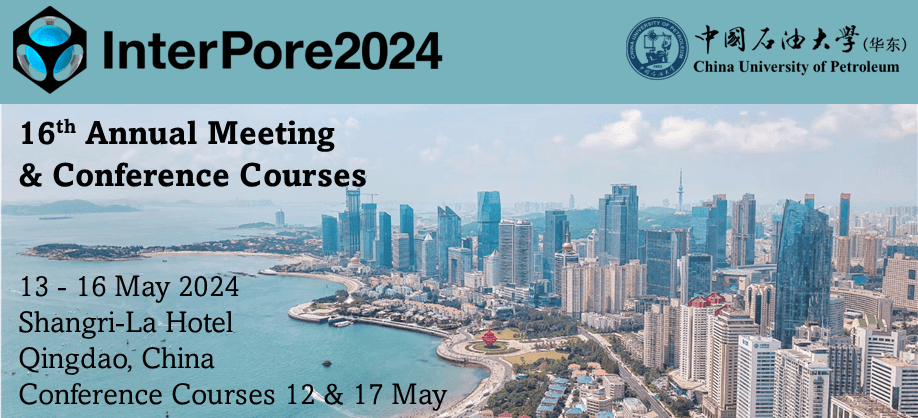Speaker
Description
Knowledge related to the relations between elastic observations and fluid state cannot be overemphasized in porous media, which is of fundamental concern for the extraction of hydrocarbons, the monitoring of carbon dioxide geological sequestration, and the underground hydrogen storage. As known from previous theoretical and experimental experience, the P-wave velocity-saturation relation for partially saturated porous media is a concretization of the effect of fluid patch evolution on elastic properties. However, the P-wave velocities are not only governed by the overall saturation, but also depend on the fluid patches and their size. The patch size variation as saturation changes is commonly ignored in modelling investigations, even though it is natural to assume that fluid patches will form larger as saturation progresses and that percolating clusters will form at some critical saturation levels. To capture the evolution of patch size with saturation implied in the velocity-saturation relations, we are inspired by percolation theory. By incorporating the connectivity of water-filled patches in the continuous random medium model, we develop a critical saturation model. We apply this critical saturation model to examine recently reported experimental measurements, specifically analyzing the patch size changes. For measurements of drainage or imbibition processes in four sandstone samples, we indeed find a clear indication of growing patch size with water saturation. The predictions of the critical saturation model are in reasonable agreement with elastic observations. Our approach enhances the interpretation accuracy of the velocity-saturation relations and lays the foundation for a profound understanding of the effects of fluid clustering on elastic properties in partially saturated porous media.
| Country | China |
|---|---|
| Acceptance of the Terms & Conditions | Click here to agree |




.jpg)
